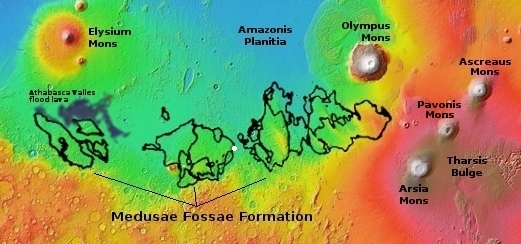Another coup leader at the FBI forced to resign
More house-cleaning at the FBI: The FBI’s general counsel, Dana Boente, yesterday resigned as demanded by William Barr, the attorney general of the Justice Department, apparently due to his participation in the effort to frame former National Security Adviser Michael Flynn.
Boente signed one of the warrants renewing the FBI’s authority to surveil Flynn. The warrants, known as FISA warrants, were renewed several times and had to be approved by a judge.
Boente also said in a recently leaked memo that material put into the public record about Flynn was not exculpatory for the former national security advisor. The memo undermines the Justice Department’s latest position that material about Flynn was mishandled by prosecutors.
The article is from NBC, so it exudes both ignorance and hostility about this resignation. The FISA warrants that Boente signed have been repeatedly proven to have been falsely obtained, dependent on unverified and outright false and fake information. His actions clearly showed he was part of the coup attempt in the FBI attempting to find by any means necessary a way to overthrown the legal election of Donald Trump. Framing Flynn was only one part of that effort.
We’ve only just begun. There are a lot of people still working at both the FBI, the Justice Department, and throughout the executive branch, who have been willing to violate the Constitution and some fundamental laws, all because they did not like how the American people voted in 2016. They all need to be shown the door, with many escorted next to a prison cell.
More house-cleaning at the FBI: The FBI’s general counsel, Dana Boente, yesterday resigned as demanded by William Barr, the attorney general of the Justice Department, apparently due to his participation in the effort to frame former National Security Adviser Michael Flynn.
Boente signed one of the warrants renewing the FBI’s authority to surveil Flynn. The warrants, known as FISA warrants, were renewed several times and had to be approved by a judge.
Boente also said in a recently leaked memo that material put into the public record about Flynn was not exculpatory for the former national security advisor. The memo undermines the Justice Department’s latest position that material about Flynn was mishandled by prosecutors.
The article is from NBC, so it exudes both ignorance and hostility about this resignation. The FISA warrants that Boente signed have been repeatedly proven to have been falsely obtained, dependent on unverified and outright false and fake information. His actions clearly showed he was part of the coup attempt in the FBI attempting to find by any means necessary a way to overthrown the legal election of Donald Trump. Framing Flynn was only one part of that effort.
We’ve only just begun. There are a lot of people still working at both the FBI, the Justice Department, and throughout the executive branch, who have been willing to violate the Constitution and some fundamental laws, all because they did not like how the American people voted in 2016. They all need to be shown the door, with many escorted next to a prison cell.








